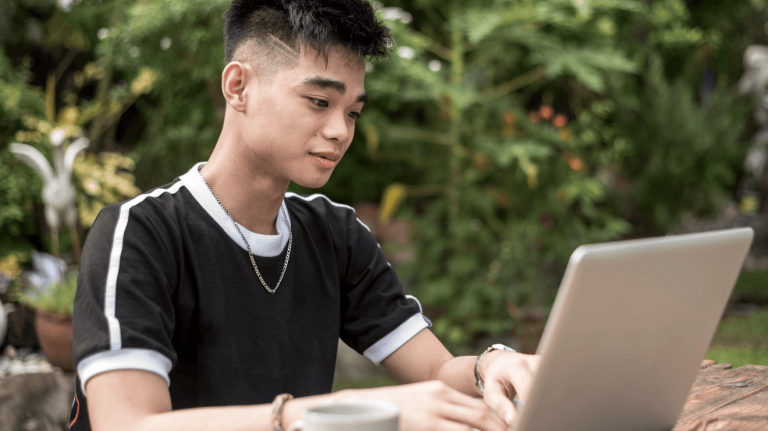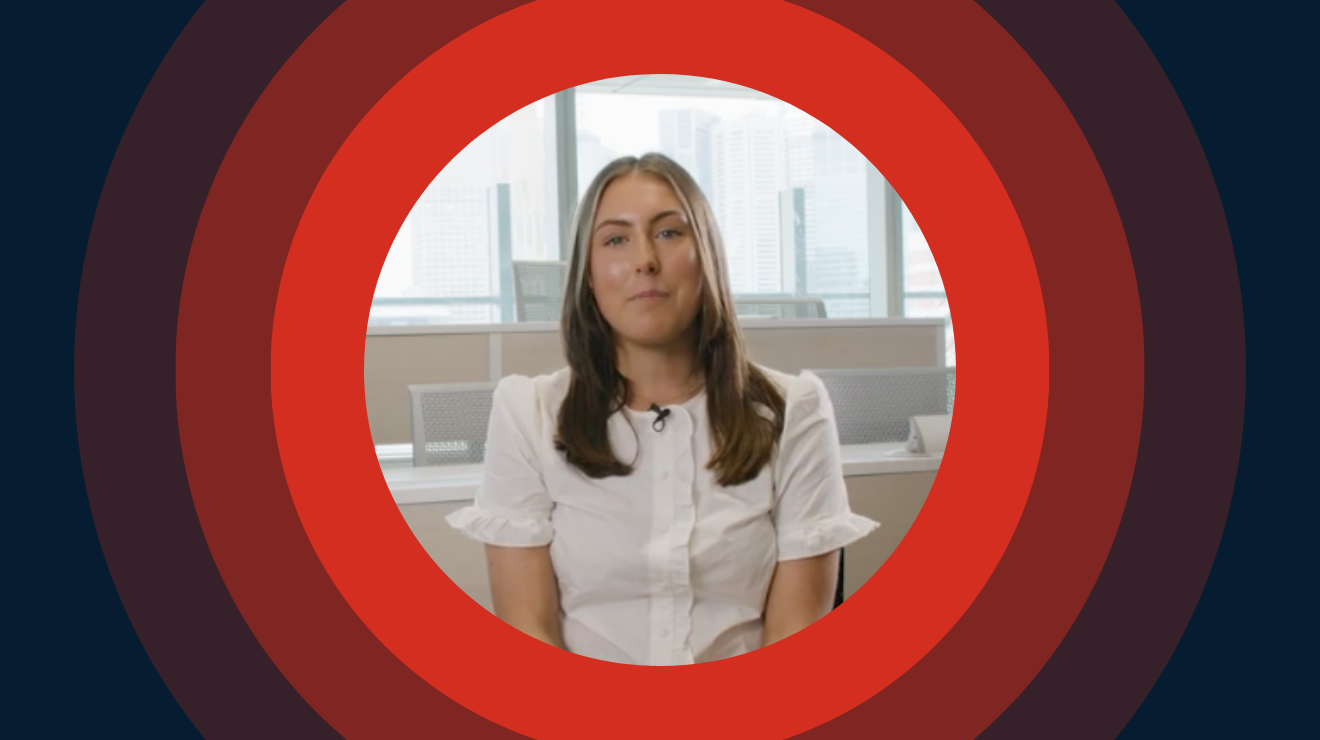Canvas and continuity: How Holy Angel University delivers resilient, inclusive learning in Pampanga
Disruptions may be unavoidable, but the university’s teaching approach keeps learning on track.
We're supposed to be low cost, we're looking at what can give us the bang for our buck. I I can tell you that straight out of the box, Canvas has delivered quite a lot of things for us. We have about twelve thousand to twelve thousand five hundred using Canvas regularly. We were losing days of instruction whenever local government says there's a suspension of classes. And we just said, okay, we we wanna stop having problems with instruction during suspension of classes.
So we decided to to go with something, and if we were going to do it for the entire university, we might as well get something that had really good administrative functions. We took a look at Canvas in twenty nineteen. In a way, we were convinced that it was the right way to go simply because the administrative functions were rather good. And that's what we needed when we were going to sort of deploy real fast. Then by the time that the pandemic hit, we were just about to start training all of our instructors.
We shifted and we decided that everyone had to get trained and it was just in time. I mean, the, Canvas came in just about the right time when we needed, something to deliver instruction, during the lockdowns. As an instructor, the user experience is very important because if the user experience will not make it well, then the implementation will not be successful. As an irregular student, can't communicate with teachers. It provides us flexibility.
Canvas really looks out to other people who cannot really have or access to education. We deliver quality education, and part of it is the use of Canvas. Canvas helps us provide consistency. We are in Pampanga, and we are a people fond of culinary or food. When when I say get canvas, you get the full meal.
When a typhoon sweeps through Pampanga, or a transport strike halts the morning commute, learning at Holy Angel University (HAU) doesn’t grind to a halt. Learners still log into lessons, whether on their laptops or mobile devices. Educators lead discussions, share resources, and continue supporting their learners from wherever they happen to be.
That continuity didn’t come by chance. In 2019, long before the pandemic reshaped classrooms across the Philippines, HAU made a strategic decision to adopt Canvas. What started as a way to safeguard instruction during class suspensions became a powerful foundation for more flexible, consistent, and student-centred learning.
Today, the university supports more than 15,000 students through a hybrid academic model that adapts to their lives, their goals, and the realities of their region. Canvas remains a core part of how teaching happens at HAU: through disruptions, transitions, and every ordinary school day in between.
“We are not going back to full face-to-face, and we are not abandoning online learning,” said Officer in Charge President Leo Valdes. “Canvas is a vital part of how we deliver education now.”
A decision made before the storm
Back in 2019, HAU was already looking for a better way to manage learning disruptions. Their existing LMS was only being used for a handful of graduate courses and couldn’t support broader use. They chose Canvas because of its reliability, flexibility, and strong administrative features.
Training began in early 2020. When lockdowns were announced just months later, HAU accelerated its LMS rollout. Faculty were onboarded, courses were restructured, and Canvas became the foundation for a university-wide shift to online learning.
“We didn’t get Canvas because of the pandemic,” said Valdes. “We got it because we wanted to stop having problems with instruction during class suspensions. But the timing meant we were ready when we needed it most.”
Learning that adapts to each semester
Today, HAU runs a hybrid academic model. Most college students split their time between in-person classes and asynchronous learning through Canvas. The exact balance shifts depending on the program, the weather, and learner needs. What doesn’t change is the expectation that all courses will be structured and supported through the LMS.
Kevin Espinosa, Head of the LMS Office, explained how this flexibility has become part of everyday learning.
“Canvas allows Holy Angel University to continue learning in any way, in every way,” he said. “It’s the companion of both students and teachers.”
The university has also been able to respond quickly when unexpected events occur. During typhoons, heat waves, or transport strikes, instructors can continue lessons and assessments through Canvas without needing to extend the school year.
“When we have suspensions, we switch to asynchronous mode and learning continues,” said Espinosa. “No typhoon, no earthquake, no transport strike can stop that.”
A platform that meets learners where they are
For students, Canvas has become part of the rhythm of university life. Many access the platform through their phones, reviewing slides between classes, submitting assignments from home, or reaching out to instructors when they need help.
Senior high school student Dwayne Gerardo uses Canvas to study and review his lessons, especially on Fridays when HAU runs its independent learning sessions. He values the structure, the communication features, and the ability to learn on his own terms.
“Canvas is really a big help—not only for me but for other Angelites too,” he said. “It gives us flexibility, especially for students who don’t have laptops.”
Graduate nursing student and faculty member Lui Garcia agrees. As both a student and an instructor, she’s seen how Canvas helps learners track their progress, collaborate on group work, and stay in touch with their professors. Even small features, like mobile notifications and real-time feedback, have made a difference.
“It’s very efficient. It makes teaching and learning easier for everyone,” she said. “My students can access everything they need, even when they’re away from school.”
Structured support for consistent teaching
Behind the scenes, HAU’s LMS team helps faculty build confidence and structure through training, templates, and shared course blueprints. These blueprints make it easier to ensure that course content, assessments, and delivery are aligned across different sections.
“We didn’t want instructors struggling because they didn’t have the resources,” said Espinosa. “So we created blueprints from scratch. They became the model for faculty and students.”
The university has also streamlined the way it manages enrolments. Each semester, thousands of course shells and tens of thousands of student enrolments are deployed overnight through SIS import.
“Our systems work together. Students see their courses in Canvas from day one,” said Valdes. “It’s seamless.”
A long view on learner success
For HAU, Canvas is part of a larger commitment to learner success. That includes industry partnerships, a strong focus on graduate employment, and growing support for adult learners and returning students.
Espinosa’s department uses credentialing tools in Canvas so that students can earn badges for each subject they complete. The university is also exploring stackable and short-form learning options for learners who may not be following traditional academic pathways.
“We want to support people who are coming back to school later in life,” said Valdes. “Canvas helps us do that in a structured, meaningful way.”
A shared vision for better learning
Throughout HAU’s implementation, the relationship with Instructure has been a steady one. From onboarding through to long-term planning, the Canvas team has remained responsive to local needs and committed to collaboration.
“It’s a true partnership,” said Valdes. “Instructure listens to what we share and we see the results. Our values are aligned.”
For a university shaped by change and driven by purpose, Canvas continues to play a steady role in supporting flexible learning, strengthening community, and helping students move forward in every environment.


